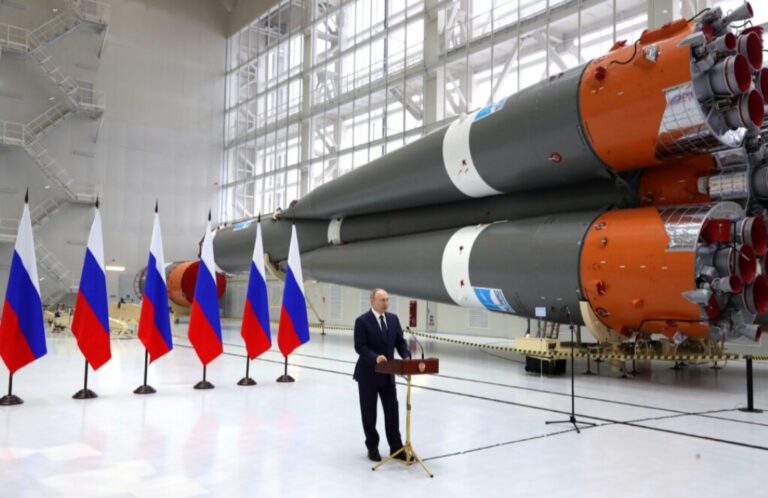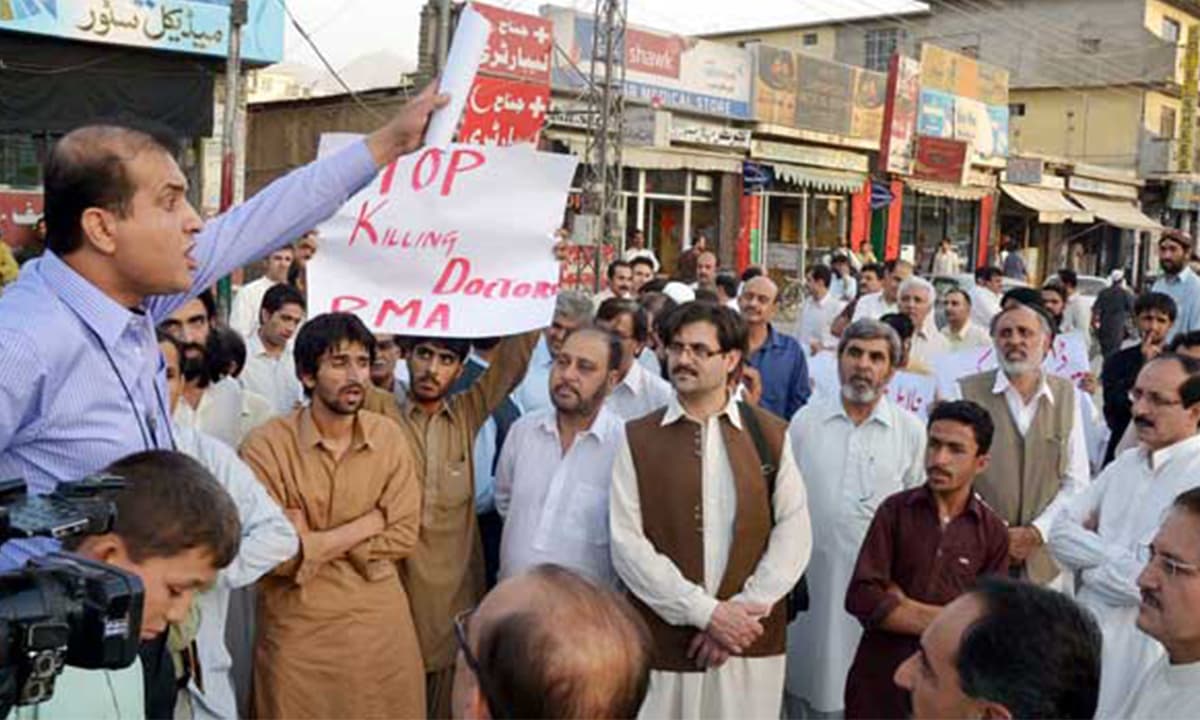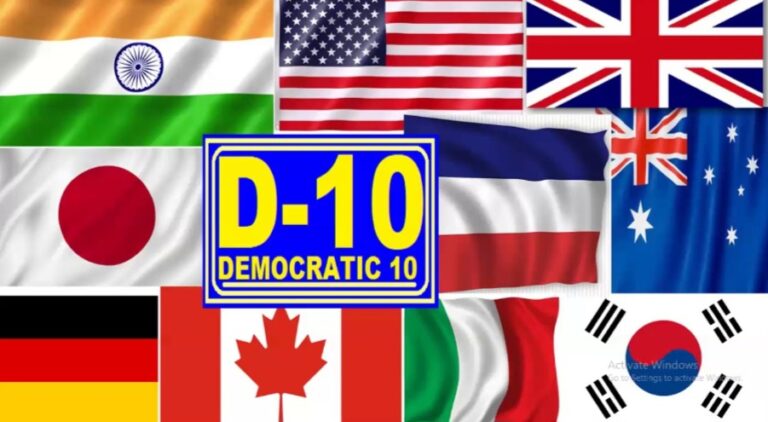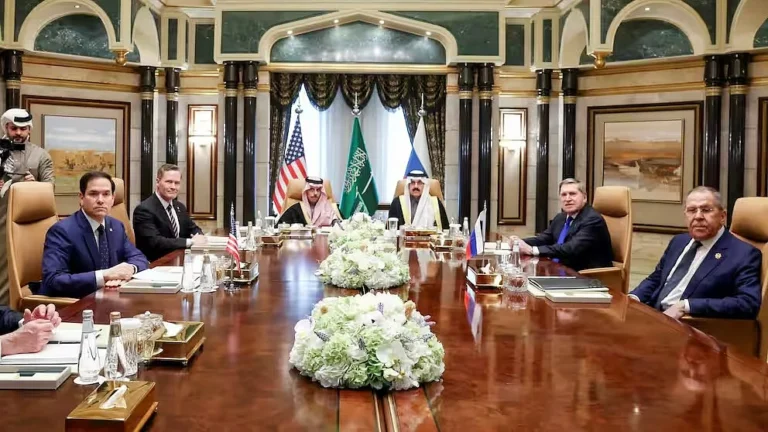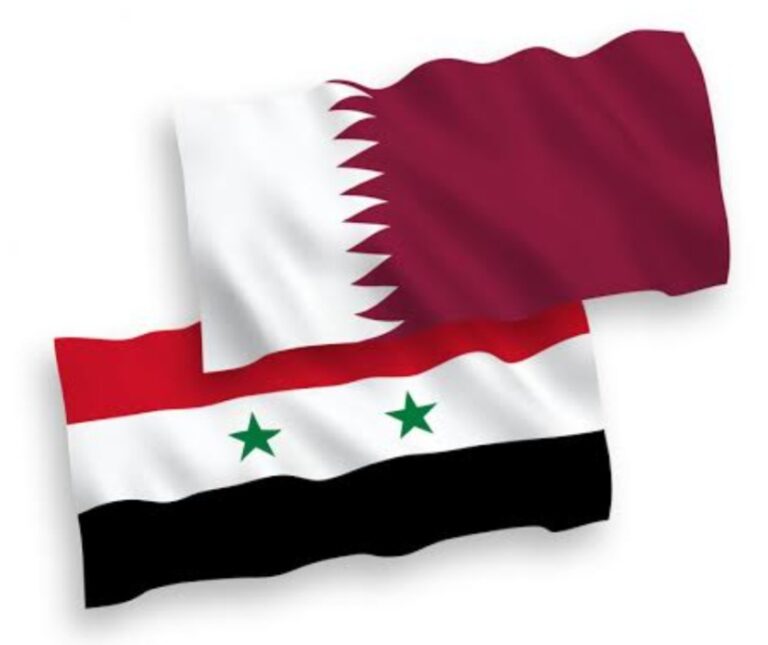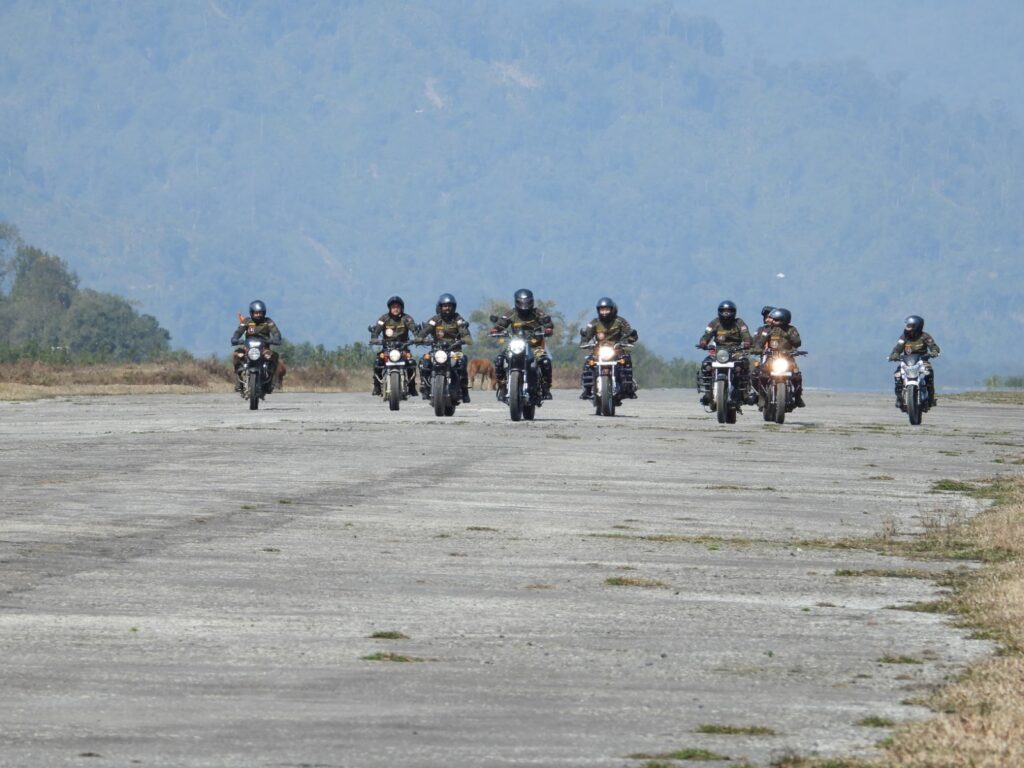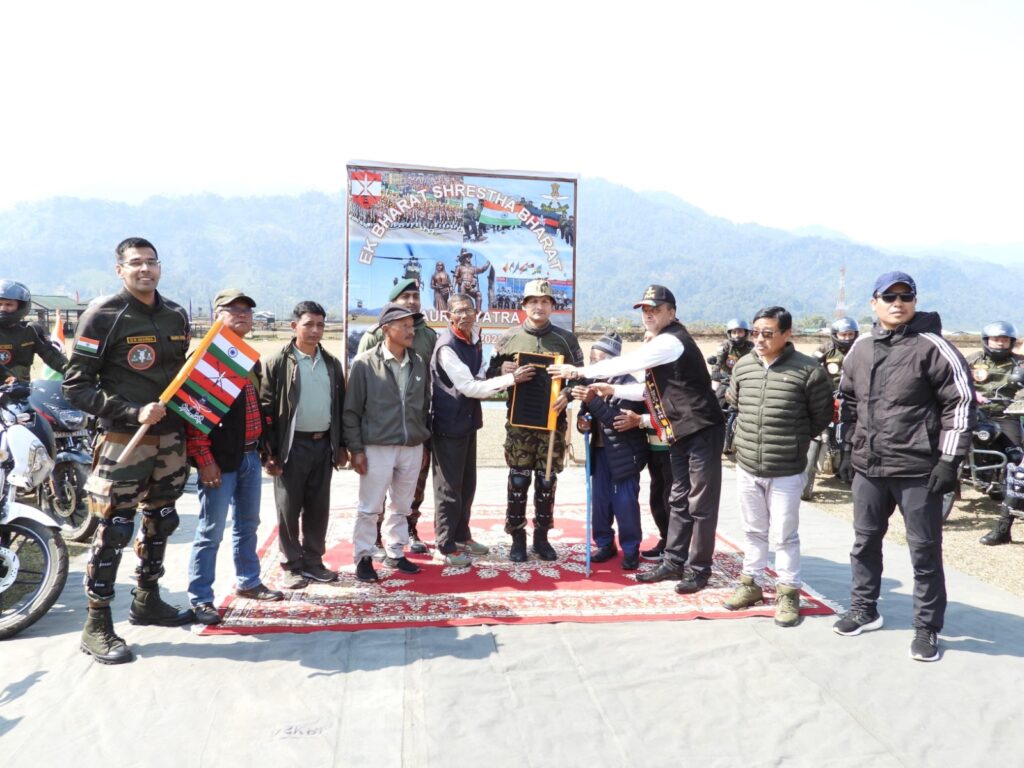By: Mahima Sharma, Research Analyst, GSDN

The Democratic Republic of Congo (DRC) is a wealthier nation in terms of natural resources, but a nation plagued by prolonged conflicts, political instability, and humanitarian crises. The nation has been stricken by violent conflicts, exploitation, and governance problems for decades, displacing millions and exposing them to risk. International community efforts have been futile as the violence has persistently escalated with internal power struggles and external interventions fueling the violence. This piece writes about the origins of the crisis, its current status, humanitarian impact, international responses, and potential solutions towards a future of stability.
Historical Context of the Crisis
The origin of Congo’s crisis is rooted in its colonial past. Under the Belgian rule (1885–1960), the country underwent extensive exploitation, particularly in its rubber and mineral industries. At Congo’s independence in 1960, political unrest quickly followed. Patrice Lumumba, the country’s first prime minister, was assassinated, and this paved the way for Joseph Mobutu, who ruled as a dictator for over thirty years. His dictatorship was typified by widespread corruption and economic abuse.
The crisis deepened in the 1990s with the Rwandan Genocide (1994), which sent refugees and armed militias into eastern Congo. This led to the First Congo War (1996–1997), which ended in the toppling of Mobutu. His successor, Laurent-Désiré Kabila, however, could not provide stability, which gave rise to the Second Congo War (1998–2003), also known as “Africa’s World War” since it involved multiple countries. While a peace deal was signed in 2003, violence has continued to be a common occurrence, particularly in the nation’s eastern regions.
Current Conflict and Key Actors
The ongoing crisis in Congo is driven mainly by armed groups, ethnic tensions, and competition for valuable natural resources. The DRC’s east remains a theater of conflict for numerous militias, including:
• March 23 Movement (M23): A rebel movement consisting mainly of Tutsi combatants, accused of receiving support from Rwanda.
• Allied Democratic Forces (ADF): An Islamist extremist militant group, which has launched numerous attacks on civilians.
• These are different community-based militias that have formed to fight against external forces but are also often responsible for committing atrocities.
• Congolese Military (FARDC): The army, which has often been accused of human rights violations and lacks the capacity to exert control.
Neighboring countries, Rwanda and Uganda in particular, have also been accused of supporting opposing groups to seize Congo’s mineral resources. The United Nations peacekeeping mission (MONUSCO), also one of the largest globally, has also not been able to curb the violence despite having been deployed for decades in the region.
Humanitarian Crisis and Socio-Economic Impact
The brutality has given rise to one of the world’s most severe humanitarian emergencies. Over 6 million have been displaced from their homes, and countless more are living in abject poverty, with no access to even the most basic necessities such as food, medicine, and education. The crisis has yielded:
•Mass displacement: Thousands of Congolese are displaced every day, seeking refuge in overpopulated camps or neighboring countries.
•Sexual violence: Rape has been widely used as a weapon of war, and women and girls have been the main victims by the military.
•Child soldiers: Most of the rebel forces recruit children as soldiers and force them to fight.
•Economic exploitation: Congo’s natural resources, including gold, coltan, and diamonds, are being illegally mined and sold, funding armed forces instead of reaching the locals.
• Environmental degradation: Deforestation and illegal mining have resulted in immense ecological degradation, endangering wildlife as well as local communities.
International Response and Challenges
The global world has tried addressing the crisis using diplomatic interventions, peacekeeping measures, and provision of humanitarian relief. The central actors are:
•United Nations (UN): UN peacekeeping division, MONUSCO, was stationed in Congo more than twenty years ago but has been under scrutiny for their failure to hinder violence.
•African Union (AU): Peacemaking initiatives have consistently taken place through attempting to arrange peace agreements but enforcing them continues to be wanting.
• Western countries: The US, EU, and other world superpowers have individually sanctioned those who are funding the war and have sent humanitarian assistance but not gone in themselves to fight.
• NGOs and international agencies: Organisations like the International Red Cross and Médecins Sans Frontières (Doctors Without Borders) provide critical humanitarian aid, even if it gets curtailed by access to the affected areas due to issues of security.
Despite these efforts, there continue to be problems, including government corruption in the Congo, impunity for war criminals, and persistent foreign meddling in the war.
Possible Solutions and the Path Forward
Though the Congo crisis is very intricate, there are a few measures that can be taken to lay the groundwork for long-term stability:
1. Governance strengthening: A transparent and accountable government is needed to put an end to corruption and impose law and order.
2. Regional cooperation: The neighboring nations need to pledge non-interference and collaborate on peace efforts.
3. Disarmament and reintegration: There ought to be efforts to demobilize and reintegrate former militants into society via education and jobs.
4. Economic reforms: The Congo government ought to own the mining industry to ensure that the riches benefit the people and not foreign powers and armed groups.
5. Support for civil society: Empowering local groups and local leaders can help advance peace and development at the local level.
Conclusion
The Congo conflict is a tragic but ongoing one, and millions of people are suffering from violence, displacement, and economic exploitation. Despite numerous international interventions, peace remains elusive, and stronger action is needed to address the root causes of conflict. Constructing governance, promoting regional cooperation, and implementing economic reforms are critical steps towards stability. The world cannot turn a blind eye to the suffering in Congo—global awareness and action are necessary to support lasting peace and justice for its people.


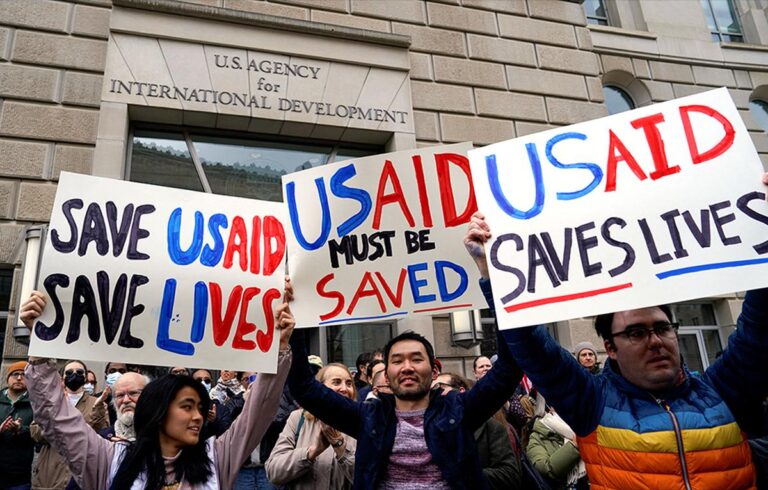




)

